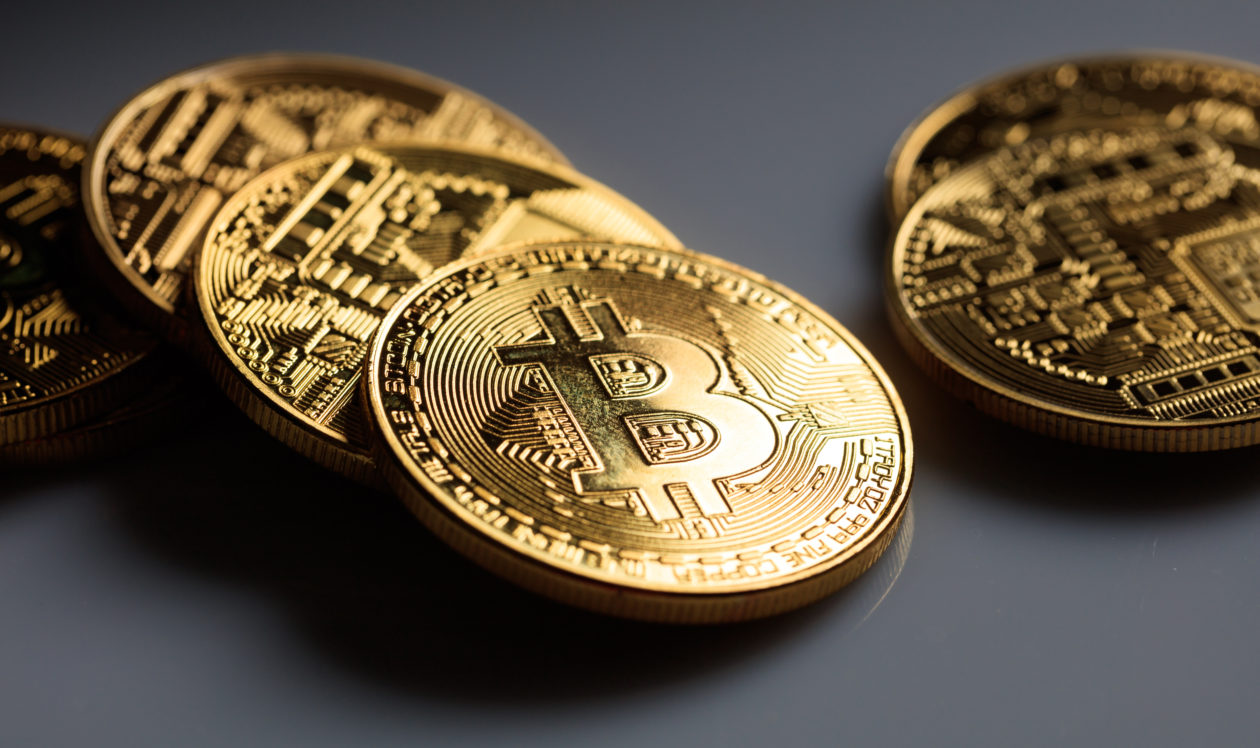Crypto’s sputtering start to the new year worsened over the weekend as its total market capitalization fell by as much as 24% from Friday before recovering slightly to US$1.6 trillion by Monday, Asia time. Bitcoin, which represents 41% of the total crypto market, plunged more than 20% to US$35,317 while Ethereum lost more than 25%, to US$2,442, according to CoinMarketCap.
One market watcher told Forkast to expect Bitcoin to tumble further, to the high US$20,000’s, before recovering.
“We haven’t reached max pain [yet], we haven’t reached capitulation yet by most of the actors within the crypto space,” said Justin d’Anethan, a crypto markets analyst who will soon be joining Amber AI as institutional sales director. “We might be in the process of bottoming right now, which is we still have to go down a little bit, but probably not a crazy amount still.”
Former crypto market darling Solana fared even worse, plunging almost 40% and was trading at US$87.64 at press time — the first time it fell below the US$100 mark since August last year. Solana’s SOL token is now trading 65% down from its all-time high of US$260 reached in November and has been overtaken by XRP in market cap, according to CoinMarketCap.
The market-wide bloodbath made some losers still seem like winners in comparison. Leading memecoin Dogecoin has re-entered the crypto top 10 for the first time in 2022. Though DOGE prices dropped by more than 20% over the weekend, they didn’t fall as much as the 35% Polkadot lost over the same period — a bruising that pushed DOT out of the crypto top 10.
D’Anethan says this is a continuation of the downward trend that began at the tail end of 2021, compounded by uncertainty from several macro headwinds as well as crypto-specific factors.
Late last week, Russia’s central bank called for a total ban on cryptocurrency trading and mining, joining a growing list of anti-crypto countries — most notably China. Similarly, escalating tensions between Russia and Ukraine have affected crypto and traditional markets alike as tense investors await how China, the U.S. and the rest of NATO might react.
The U.S. Federal Reserve — the most important central bank in the world — likely also weighed on the crypto market. Late last week, the Fed released a long-awaited report that boosted the prospects of a digital dollar. Though the report stopped short of issuing recommendations, experts said it was an important step toward the creation of an eventual central bank digital currency (CBDC) in the country.
A U.S.-backed CBDC becoming closer to reality could have fed into the crypto market sell-off as it could offer much of the same functionality as Bitcoin in areas like remittances but without the crypto’s notorious price volatility.
This week, the Fed is expected to give updated guidance on its plans to raise interest rates. A confirmation of the anticipated rise in rates would encourage investors to sell — or it could reveal the rise is already priced in, leading to an uptake in buying.
“It will be definitely a very important event to look at,” D’Anethan said. “It will be interesting because it can go both ways.”
The threat of rising interest rates has been worrying investors since the Fed announced plans to raise them faster and sooner than originally anticipated earlier this year. A higher interest rate coupled with tighter monetary policy is typically correlated with lower stock prices.
Despite these headwinds, Jonathon Miller, Australian managing director at crypto exchange Kraken, told Forkast there were still reasons for optimism in blockchain technology more broadly.
According to Kraken’s most recent end-of-year report, 2021 saw explosive growth in non-fungible token (NFT) markets and decentralized finance. Over US$12 billion in NFT sales were recorded on the Ethereum blockchain alone last year — a 17,800% increase from the year before — and shows no sign of slowing down this year.
Likewise, the total value locked in decentralized finance (DeFi) ballooned by 13,000% in 2021 to reach US$320 billion by the year’s end. While many DeFi blockchains have seen a shrinking over the past few weeks, TVL for Fantom has swelled by more than 60% in the past seven days, overtaking the Binance Smart Chain to be the third-largest blockchain in DeFi.
“The pie is increasing in size so rapidly and we’re seeing growth in so many different directions that aren’t necessarily captured by that underlying [cryptocurrency] price signal,” Miller said.

